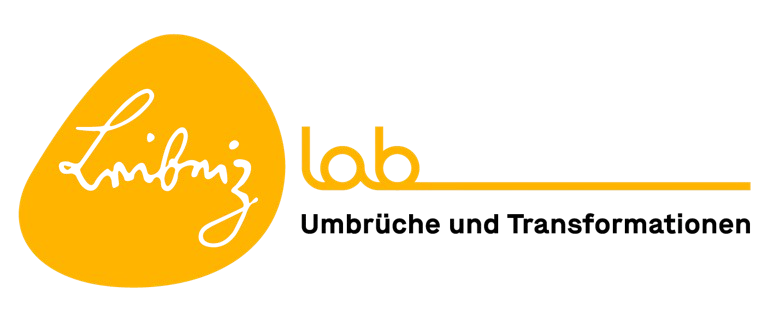Post
4 Min.
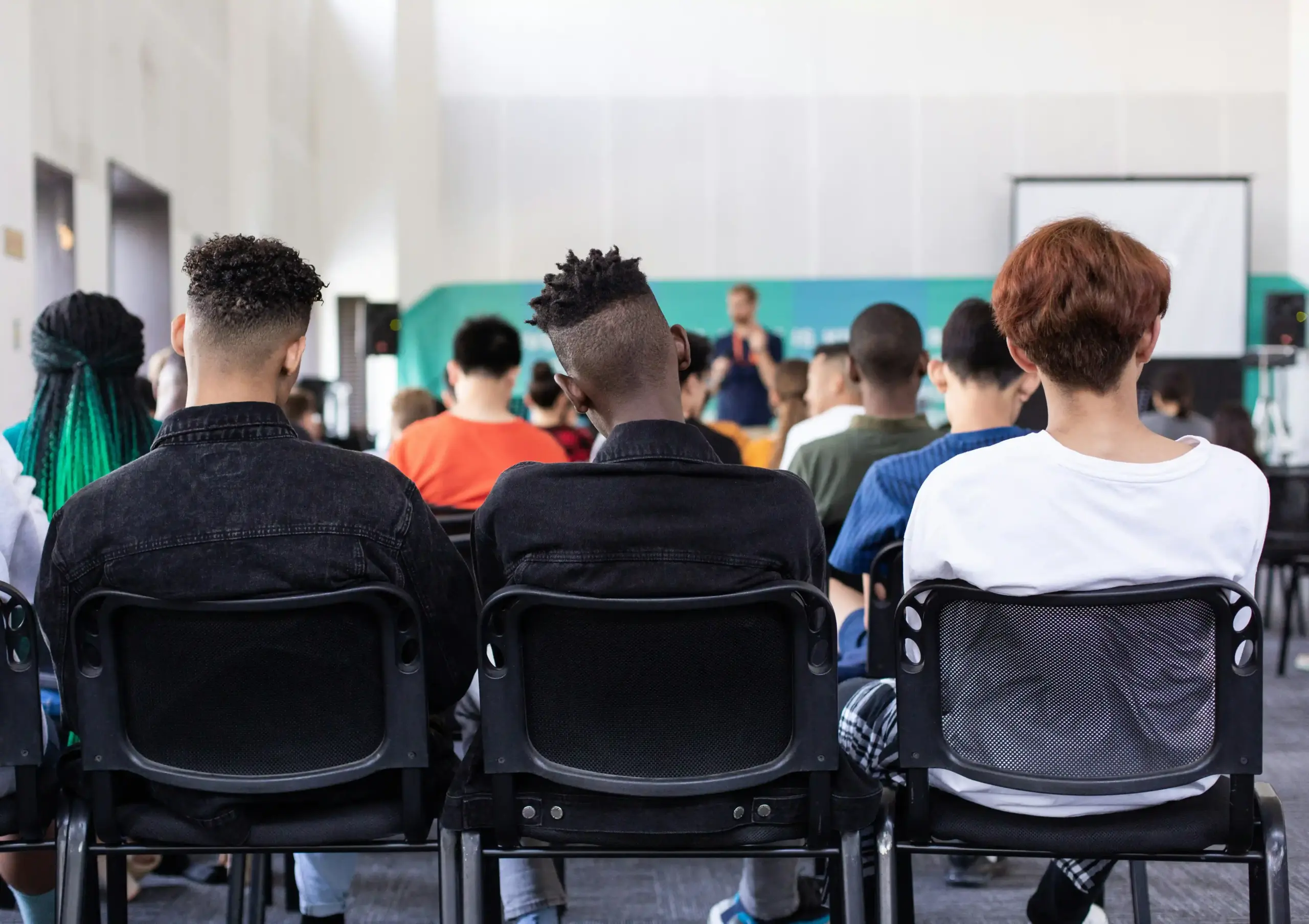
18. September 2025
How communities can improve the integration of migrants
Millions of people seek asylum in Europe every year. However, complex rules make it difficult for migrants to arrive and integrate successfully. Local authorities have opportunities to facilitate the integration process. We present a few examples.
People have always moved from one place to another. Some move to find better jobs, go to university, or help their families. Others are trying to escape dangerous situations like war, unfair treatment, or problems caused by climate change, colonialism and global inequalities it has created.
For this reason, most international migrants are forced to move from poorer countries in the Global South to wealthier ones in the Global North. Nevertheless, rather than moving freely – as their European counterparts – they often face significant challenges such as lengthy and complex visa processes or having to resort to dangerous journeys.
Even after arriving in a new country, things don’t get easier right away. What kind of help people get — and how hard or easy it is to build a new life — depends on many things, like their legal status (if they are officially allowed to stay), educational background, or whether they have money and support. Learning the language, understanding the rules and systems, finding a job, going to school, getting healthcare or housing — these are all big steps. And how well someone can settle in doesn’t just depend on them and their efforts; it also depends on how welcoming the local society is.
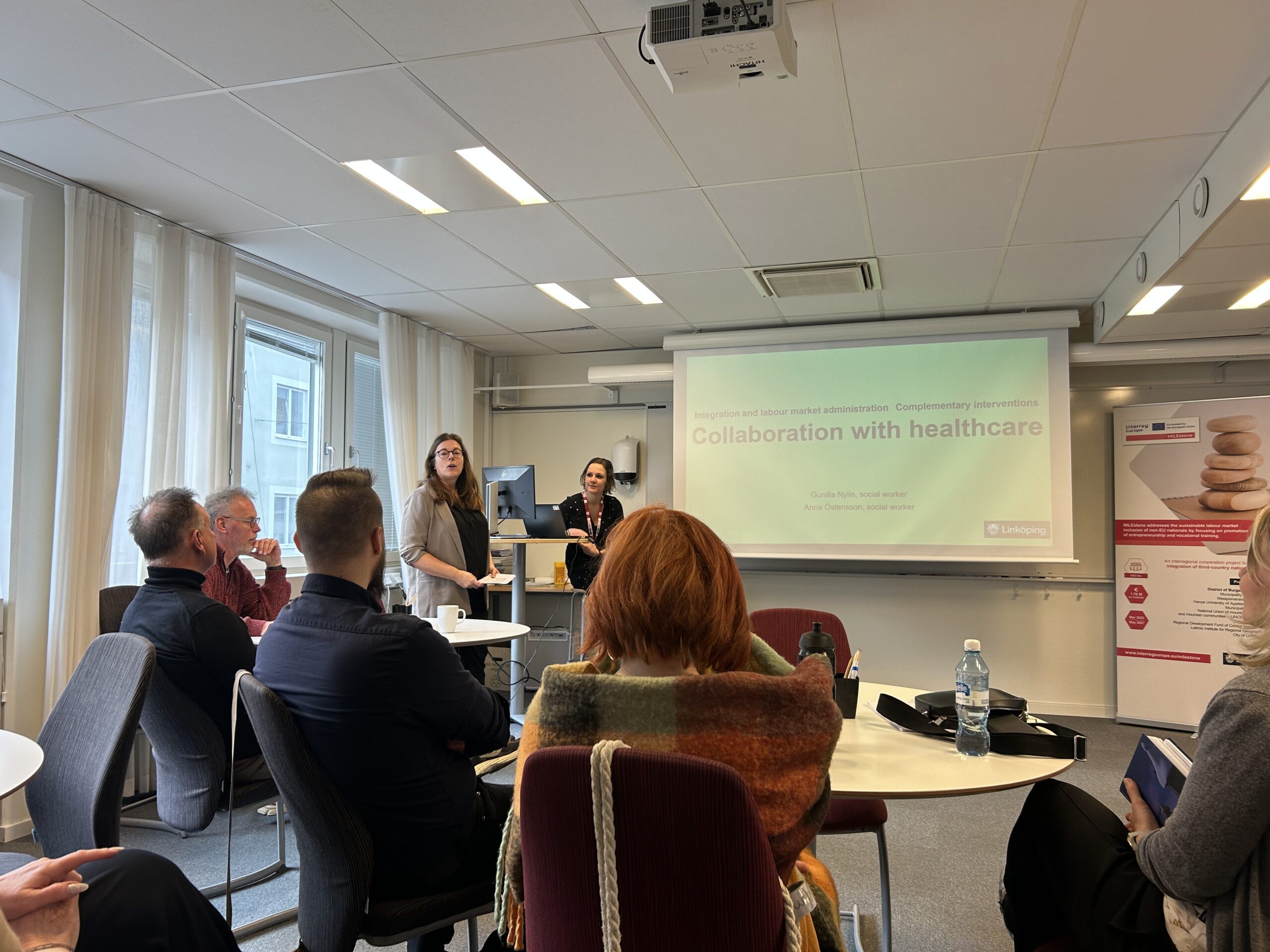
Experts develop tools for better integration of migrants
Local communities are often unaware of the challenges migrants face. Researchers from the Leibniz-Institute of Regional Geography (IfL) together with municipalities, the civil society as well as employers once worked on a project called Arrival Regions. We developed a tool-box to help communities become more open and friendly to newcomers. The tool-box includes things like: language learning, legal help, empowerment or inter-generational learning.
During the project we discovered that one of the biggest problems people face is finding a good job. Together with partners from Slovenia, Italy and Poland, we developed a new project called MILEstone: Migrants’ Integration into Local Economies. The goal of the project is to help non‑EU migrants and refugees find good, stable jobs that really match their skills — so they don’t end up in low‑paid jobs under their qualifications.
The MILEstone project has created a space for exchange of experiences between 11 different countries: Germany, Sweden, Finland, the Netherlands, Poland, Spain, Italy, Greece, Slovenia, Ukraine and Moldova. The researchers visited each other in order to get to know the local structures, talk about challenges, but also transfer good practices – projects that they found useful and interesting also for other regions. Below you can find a summary of the most important insights from these visits, together with a few good practices from different project partner regions.
Finding a fitting job
A big problem many migrants face is finding a job that matches their skills and experience. For example, someone who was a doctor or engineer in their home country might end up doing low-paid work because their qualifications aren’t recognized, they don’t speak the language well yet or they get poor job advice, so temporary jobs with no security are often the only option.
“The lives of migrants did not start when they arrived.”
– Workshop Participant, 2025
What can help?
- Language classes focused on real jobs
- Transparent mentoring and career guidance
- Clear and easy processes to recognize foreign qualifications and skills
- Helping employers understand how to support migrant workers
- Programs and mechanisms for recognising skills learned informally such as MYSKILLS (Germany) and Juttuklubi (Jyväskylä, Finland)
Learning the language
Knowing the local language is key to making friends, getting a job, feeling that you belong and have a say. But official language courses are often too general and don’t consider learners’ diverse backgrounds (educational level, literacy, trauma, or learning pace). Also there are long waiting lists from a few months to up to 1,5 years, which is a particular challenge for more rural areas. Some people drop out to work instead, in order to support themselves and their families, but also as a consequence of pressure put on them from the side of authorities to work.
Good examples
- Sweden’s Swedish For Immigrants (SFI) offers 3 types of language learning paths
- The swedish student network BILDA provides flexible and culturally sensitive learning for different sectors
- In Germany, some companies such as Henglein offer language classes at work
- Using “plain language” within administrative structures during counselling in Jyväskylä, Finland and offering translations makes services more accessible
- Peer workers with a migration background who speak multiple languages help break down barriers
Housing, healthcare and transport
It’s hard to build a life without a safe home, good health care, and ways to get around. Migrants are often in a disadvantaged position because of discrimination in the housing market, lack of interpretation and translation when going to the doctors or a lack of resources in order to buy a car if public transport is not accessible.
What’s working
- Mobile health services that travel to rural areas
- Health coordinators in administration who explain the system and direct people to doctors, such as in Linköping, Sweden
- Flexible transport options for remote places
- Help finding safe, affordable housing through housing coordinators in administration, such as in Jyväskylä, Finland and Burgenlandkreis, Germany
Public services and representation
Public services can be hard to understand — especially when you do not speak the administrative language. Difficult bureaucratic language is a barrier for many people, even native speakers. A lack of intercultural mediation, translation and interpretation makes such structures inaccessible. Also red tape (complicated rules) and frequently changing policies make it even harder for migrants and those working in the field to provide good quality services. As a result, migrants often don’t get a say in decisions that affect their lives. Similarly, they are not informed about their rights and how to enforce them.
“Migrants are the experts in their own lives.”
– Workshop Participant, 2025
Ideas that help
- One-stop help centers for all services like the Migration Agency in Burgenlandkreis, Germany or the International House in Jyväskylä, Finland
- Migrant councils where migrants can share their voice, like the Migrant’s council in Leipzig, Germany
- Multilingual staff and peer workers in public offices
- Support for civil society groups and community centers, like multicultural centreGloria in Jyväskylä, Finland
Integration of migrants: Focussing on the person
Migrant inclusion isn’t just about fixing one problem — it’s about looking at the whole picture: psychological needs, language, health, education, jobs, participation, protection from discrimination and more. Each person’s journey is different, so our solutions need to be flexible and based on real-life experiences.
The main message of the MILEstone project is that: migration isn’t a problem to be solved—it’s a fact of life. It can help people survive war or the climate crisis, and it can make societies stronger as a whole. But to make that happen, we need to stop seeing migrants as “outsiders” and start seeing them as neighbors, classmates, co-workers, and future leaders. We all carry the responsibility for creating inclusive societies. The MILEstone Project reminds us that with the right support, everyone can belong—and that makes all of us stronger.
Über diesen Artikel
Lesen Sie auch
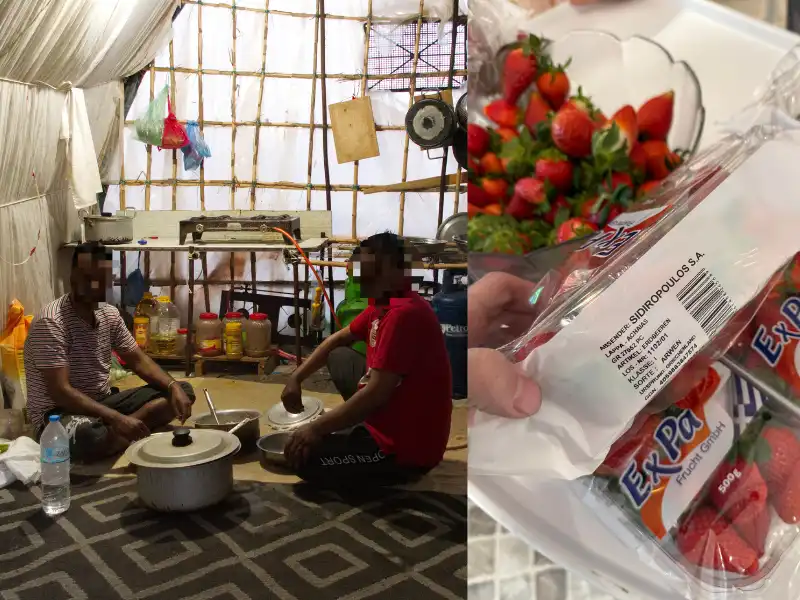
Greek strawberries “made in Bangladesh”
Strawberries are now also available to buy in winter. They thrive in Nea Manolada, Greece, but there are downsides to growing them. Scientist Johannes Jungfleisch has investigated the conditions of South Asian workers.
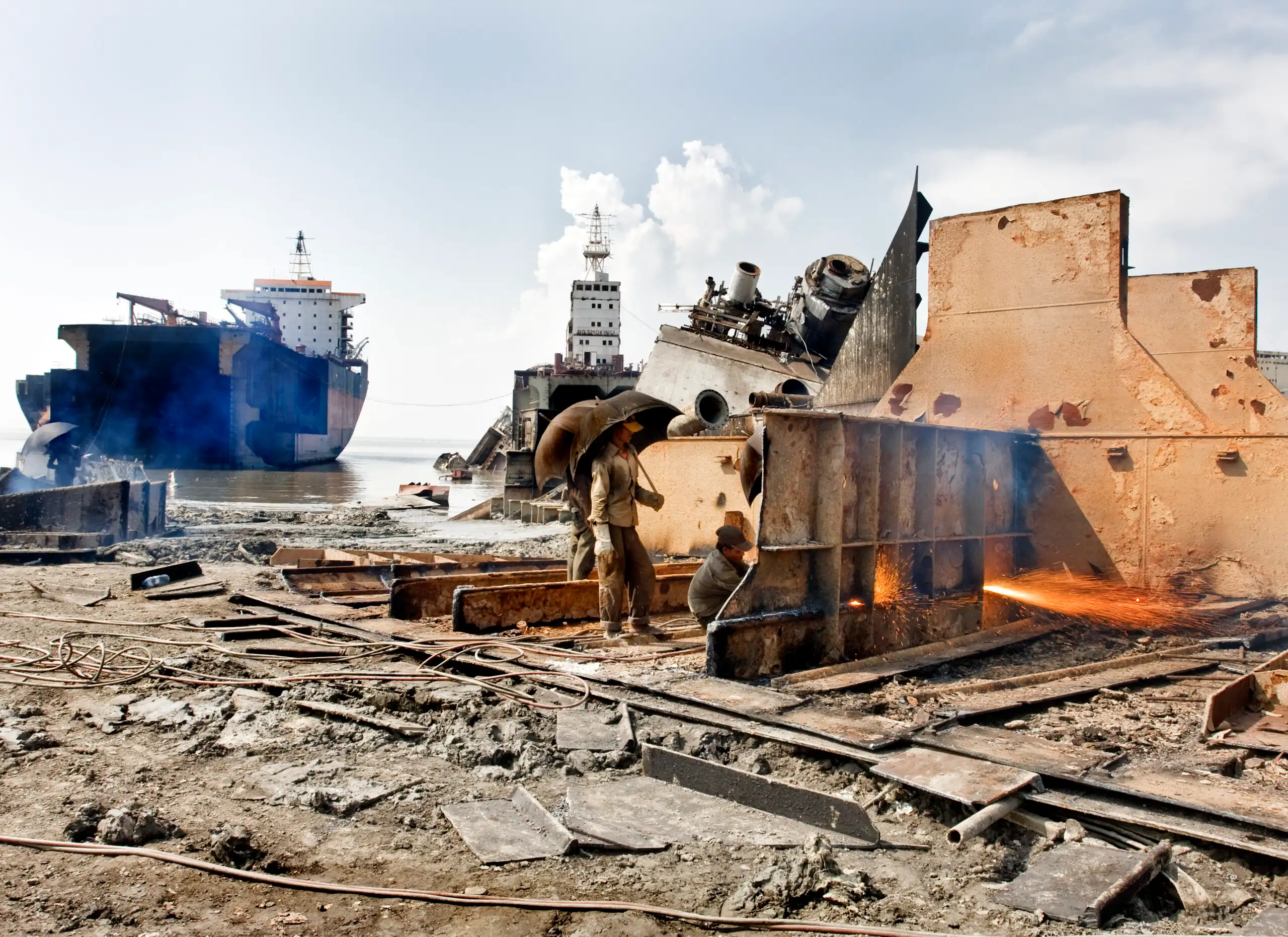
Silent giants on their last journey
A half-disused ship’s hull rusts in the shallow water, where puddles of oil shimmer in every color of the rainbow. Furnishings, electronics and useful goods have already been sold – a huge sales market ensures that the livelihoods of many families depend on it. In front of the dead colossus, workers hammer away at the […]
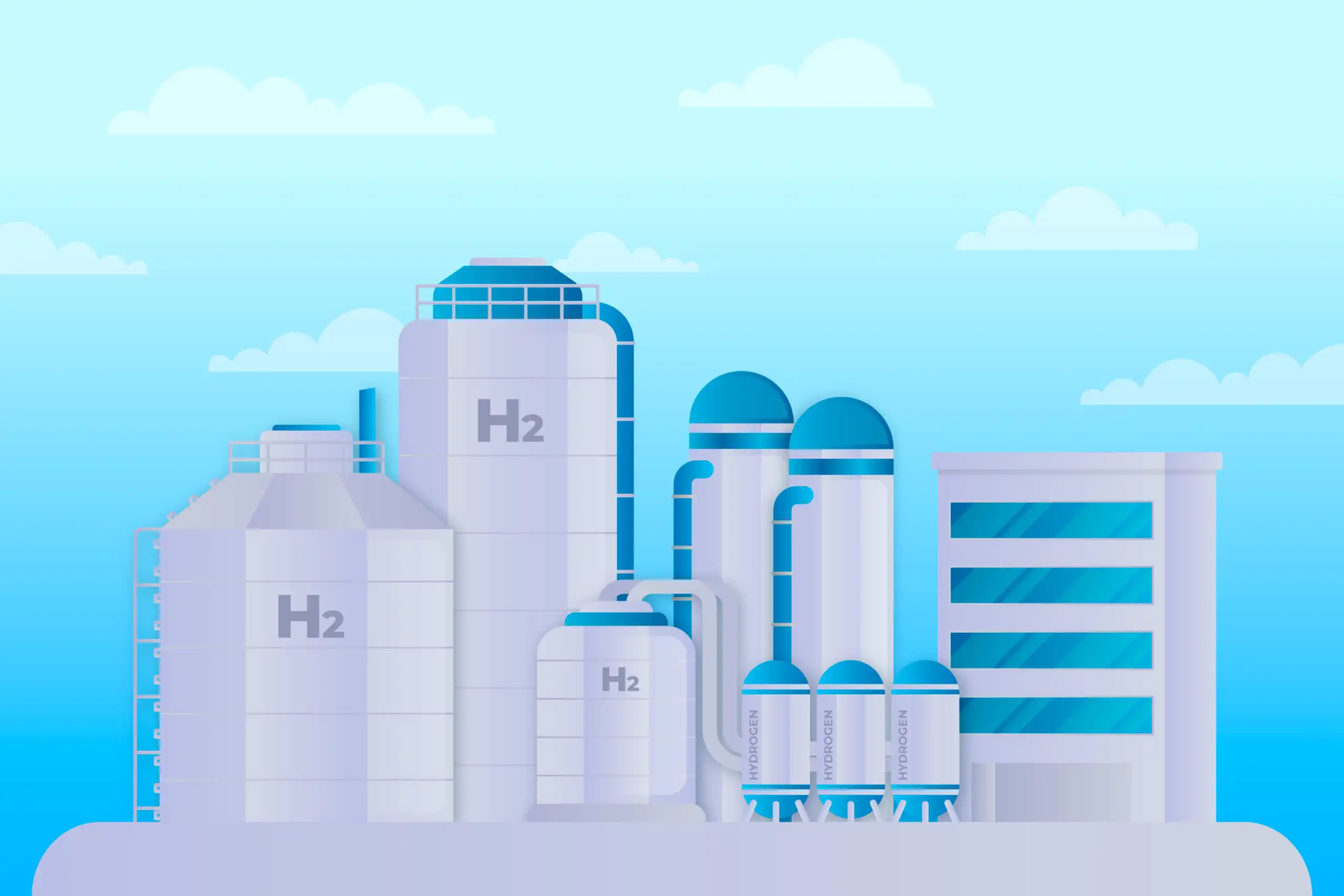
Green Energy from North Africa: On conflicts um Wasserstoffexporte aus Tunesien
In order to achieve its ambitious climate targets, the EU wants to import renewable energies in the form of green hydrogen. Tunisia shows how much criticism this strategy is attracting and what potential for conflict it harbours. Understanding this should make it possible to shape the energy transition in a way that is as conflict-sensitive as possible.
